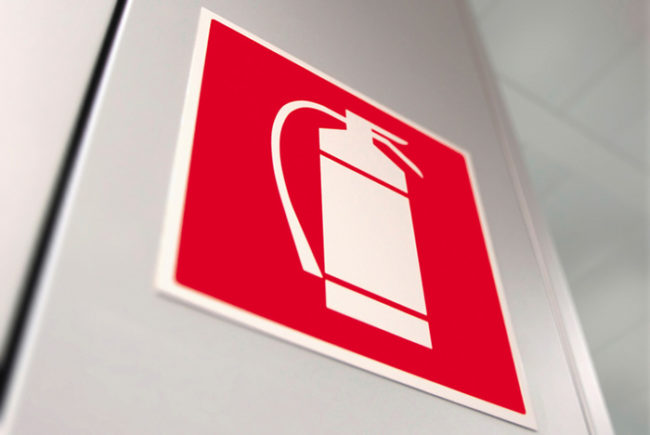ASHE releases new Energy to Care toolkit
The American Society for Healthcare Engineering’s new Energy to Care toolkit can help facility professionals to benchmark energy use and implement low- and no-cost projects to help improve energy efficiency. The toolkit is delivered as an interactive PDF for a free download. It includes frequently asked questions about the Energy to Care benchmarking and awards program; video tutorials on optimizing energy dashboards; and step-by-step instructions on energy-efficiency projects.
NFPA Journal focuses on fire-safety issues, new requirements in health care facilities
The National Fire Protection Agency (NFPA) paid special attention to health care occupancies in its January/February journal. In one article, the organization addresses the Centers for Medicare and Medicaid’s adoption of NFPA 99’s 2012 edition last year and discusses what health care providers, facility designers and enforcers need to know about the risk-based approach required by the 2012 edition.
It also addresses safety issues associated with hyperbaric chambers, which are classified by the U.S. Food and Drug Administration (FDA) as Class II medical devices. The therapy is mostly used to treat decompression issues in underwater divers, but the FDA currently lists 14 other uses, such as to speed would healing. The chambers, which are fed by near 100 percent oxygen, however, can and have resulted in fire. NFPA is advocating for more life-safety provision as the therapy becomes more popular.
Study addresses how to reduce alarm fatigue in ICU
A study published by the Joint Commission shows the results of an alarm perception survey completed by nurses in a cardiovascular surgical intensive care unit and interventions used to address alarm fatigue. The study documented false and nonactionable alarms and found that it creates distraction and dissatisfaction among nursing staff.
After implementing targeted interventions — such as adding short delays to allow for alarm self-correction and providing alarm notification through a secondary device — average alarms per bed decreased 61 percent.
ASPR releases 2017–2022 national health care emergency preparedness objectives
The Department of Health & Human Services Office of the Assistant Secretary for Preparedness and Response developed the 2017–2022 Health Care Preparedness and Response Capabilities guidance to describe what the health care delivery system, including health care coalitions, hospitals and emergency medical services have to do to effectively prepare for and respond to emergencies that impact the public’s health.
The guidelines include:
- Help patients receive the care they need at the right place, at the right time and with the right resources during emergencies;
- Decrease deaths, injuries and illnesses resulting from emergencies;
- Promote health care delivery system resilience in the aftermath of emergencies.
ASTM publishes standard for operating drones
ASTM International’s new standard ASTM F3178-16 addresses standard practices for operational risk assessment of small unmanned aircraft systems. The standard is important for construction and facility professionals who use the technology during building and inspection processes.
Study: Existing reprocessing techniques prove insufficient for flexible endoscopes
Current techniques used to clean endoscopes for reuse are not consistently effective, according to a study published in the February issue of the American Journal of Infection Control.
Researchers performed three assessments of 20 endoscopes over a seven-month period to identify endoscopes that required further cleaning and maintenance. During the final assessment, the researchers found that all 20 endoscopes examined had visual irregularities, such as fluid, discoloration and debris in channels. Furthermore, samples from 12 of 20 reprocessed endoscopes had microbial growth.





